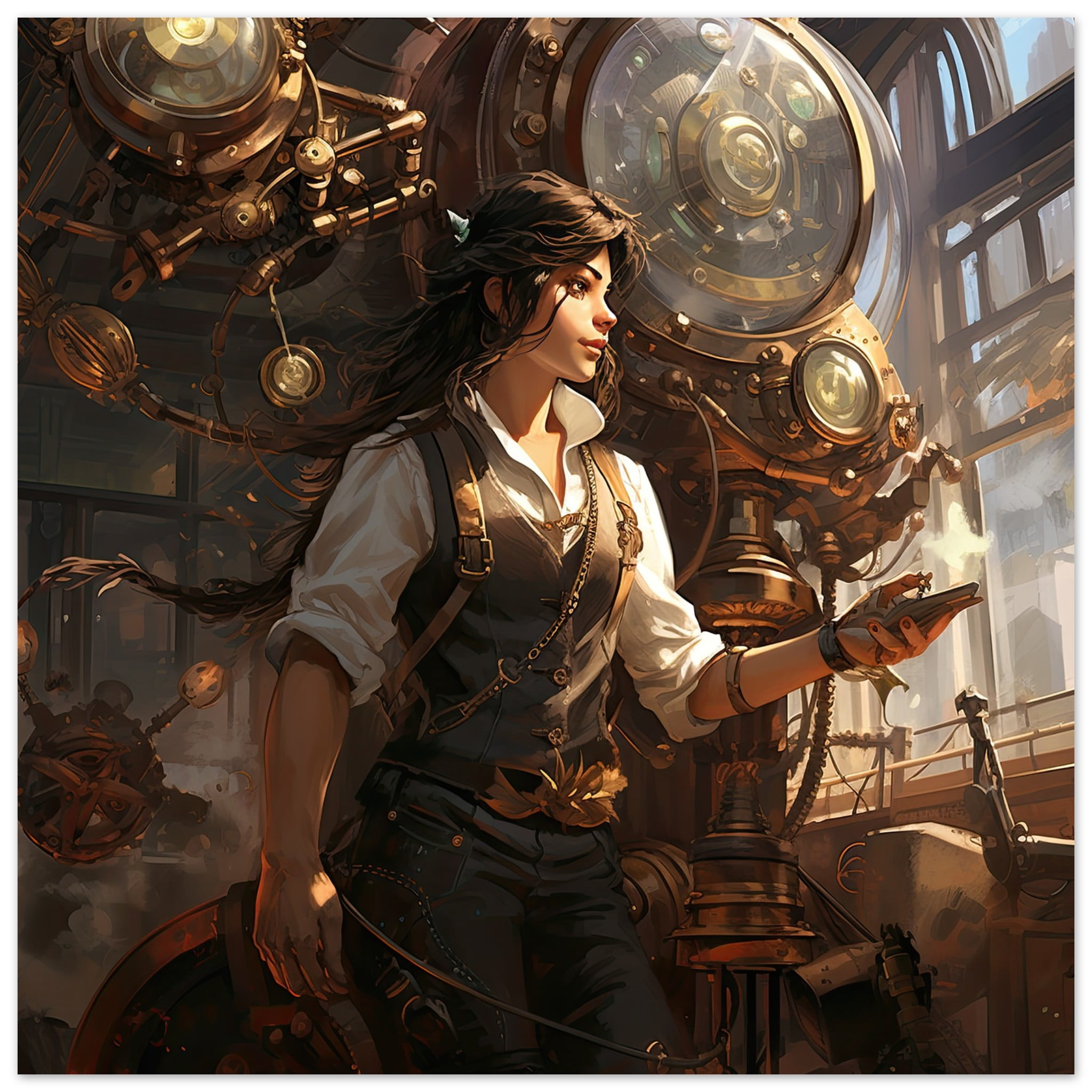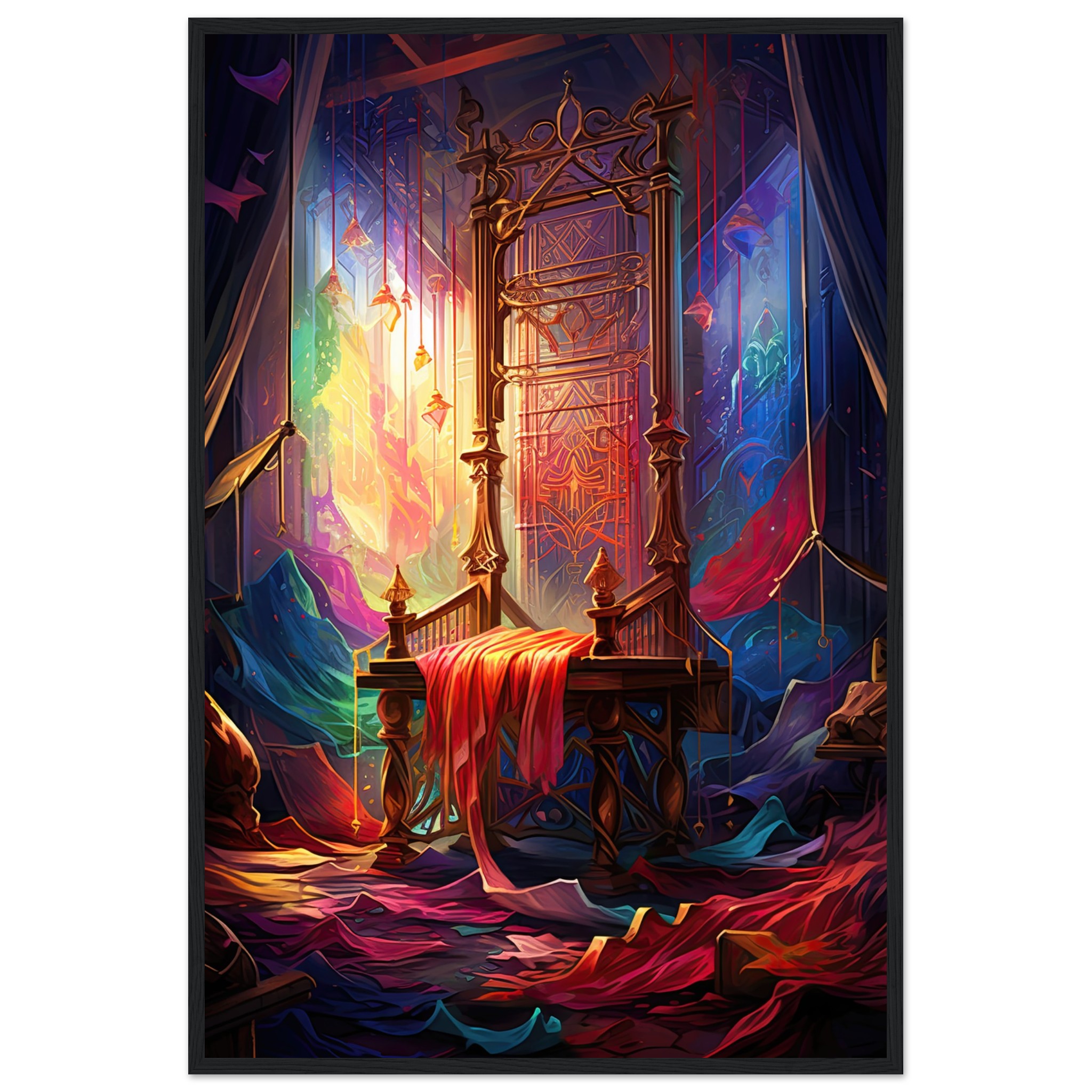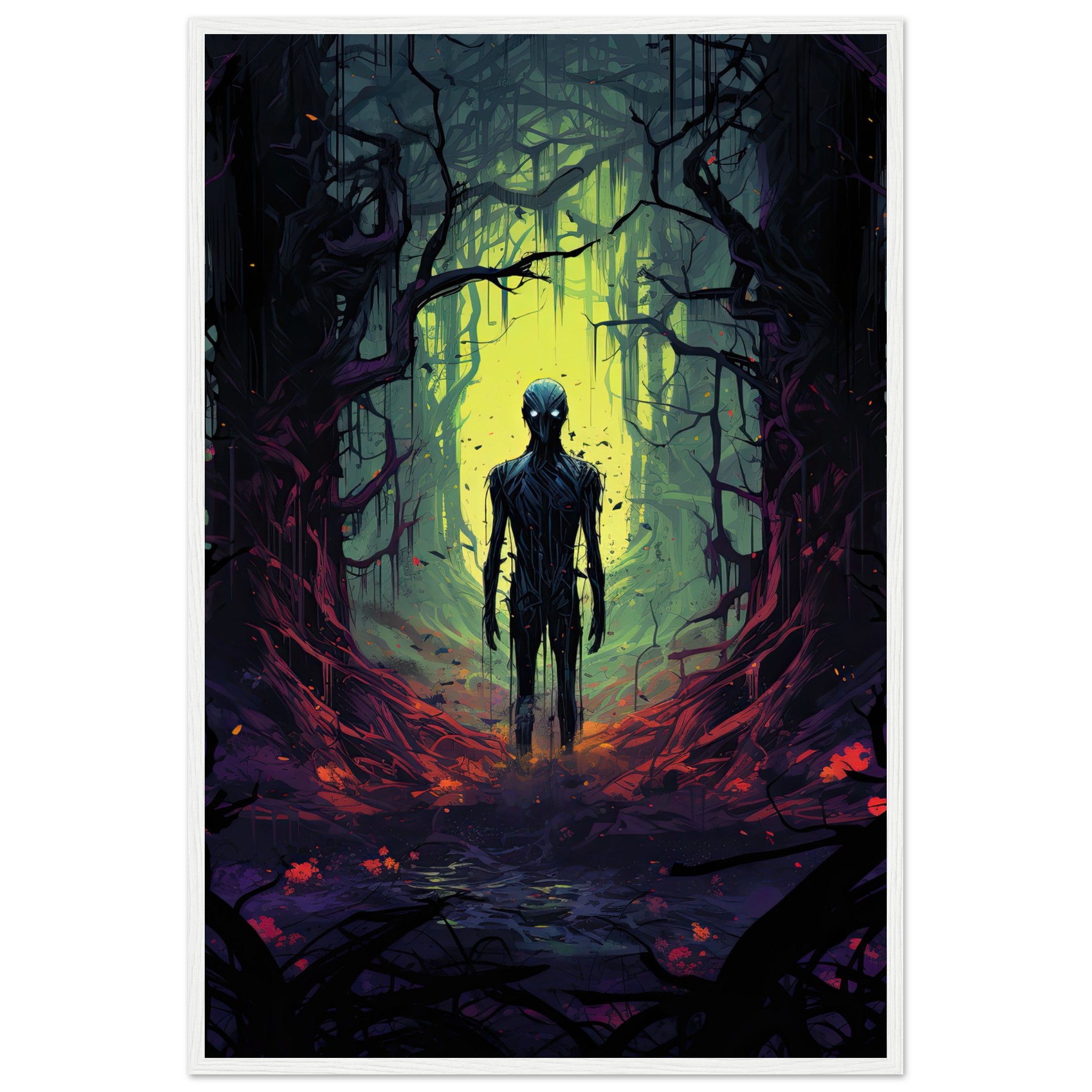
11
Jul
Pop Art: A Colorful Revolution in the World of Art
Pop art, a vibrant and influential artistic movement that emerged in the mid-20th century, revolutionized the way we perceive and appreciate popular culture. With its bold colors, iconic imagery, and playful approach, pop art challenged the traditional notions of high art and brought everyday objects and mass media into the realm of artistic expression. Join us as we delve into the captivating history of pop art and its lasting impact on the art world.
Origins and Influences:
The roots of pop art can be traced back to the 1950s and 1960s, a time of significant cultural and social change. Emerging as a reaction against the prevailing abstract expressionism movement, pop art drew inspiration from the visual language of consumerism, advertising, mass media, and popular culture. Artists sought to break down the barriers between high and low art, embracing the imagery of everyday life and infusing it with artistic significance.
Pioneering Figures:
Pop art was propelled into the mainstream by a group of innovative artists who championed this new artistic approach. British artist Richard Hamilton is often credited with coining the term “pop art” and played a crucial role in defining its aesthetic principles. American artists such as Andy Warhol, Roy Lichtenstein, Claes Oldenburg, and James Rosenquist embraced the visual language of advertising, comic books, and popular imagery to create artworks that celebrated and critiqued the consumer culture of the time.
Techniques and Themes:
Pop art employed various techniques to convey its bold and impactful imagery. Artists utilized silkscreen printing, stenciling, and other mechanical reproduction techniques to replicate the visual language of mass media. They often employed vibrant colors, bold lines, and enlarged compositions to emphasize the graphic quality of their works. Pop art explored themes of consumerism, fame, celebrity culture, mass production, and the influence of media on society.
Andy Warhol and the Iconic Repetition:
Andy Warhol, one of the most iconic figures of pop art, is known for his exploration of the repetition and serialization of imagery. His famous silkscreen prints of Campbell’s Soup cans and portraits of celebrities such as Marilyn Monroe and Elvis Presley not only celebrated popular icons but also challenged the notion of uniqueness and authenticity in art. Warhol’s Factory, a studio and gathering place for artists, musicians, and celebrities, became an epicenter of pop art and a symbol of the blending of art and popular culture.
Roy Lichtenstein and Comic Book Aesthetics:
Roy Lichtenstein’s works, inspired by comic book panels, became synonymous with the pop art movement. His use of bold, black outlines and Ben-Day dots (a technique used in printing) mimicked the aesthetic of mass-produced comic strips. Lichtenstein’s paintings, such as “Whaam!” and “Drowning Girl,” elevated the imagery of popular culture to the realm of fine art, inviting viewers to reconsider the artistic value of familiar and seemingly trivial subject matter.
Legacy and Impact:
Pop art had a profound impact on the art world, influencing subsequent generations of artists and shaping popular culture. Its focus on everyday objects, mass media, and consumer culture laid the groundwork for conceptual art, appropriation, and other contemporary art movements. Pop art also expanded the definition of artistic materials by incorporating found objects, screen-prints, and commercial techniques into the realm of fine art.
In conclusion, pop art emerged as a vibrant and impactful artistic movement that challenged traditional notions of art, celebrated popular culture, and blurred the boundaries between high and low culture. Through its bold imagery, vibrant colors, and playful approach, pop art not only brought mass media and consumer culture into the realm of artistic expression but also ignited a cultural revolution that continues to influence and inspire artists today. By elevating the ordinary to the extraordinary, pop art encourages us to reconsider the world around us and find beauty and artistry in the everyday.































